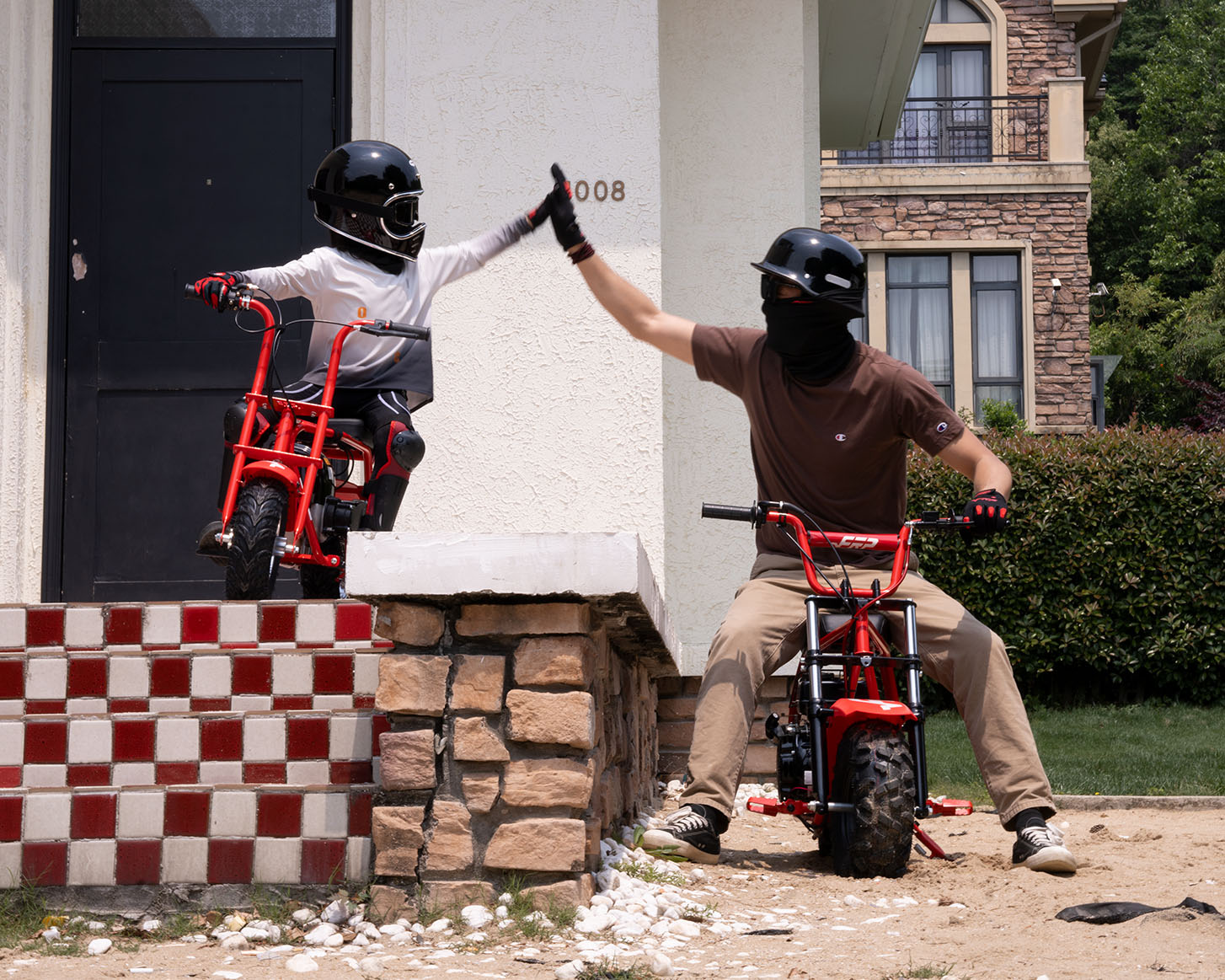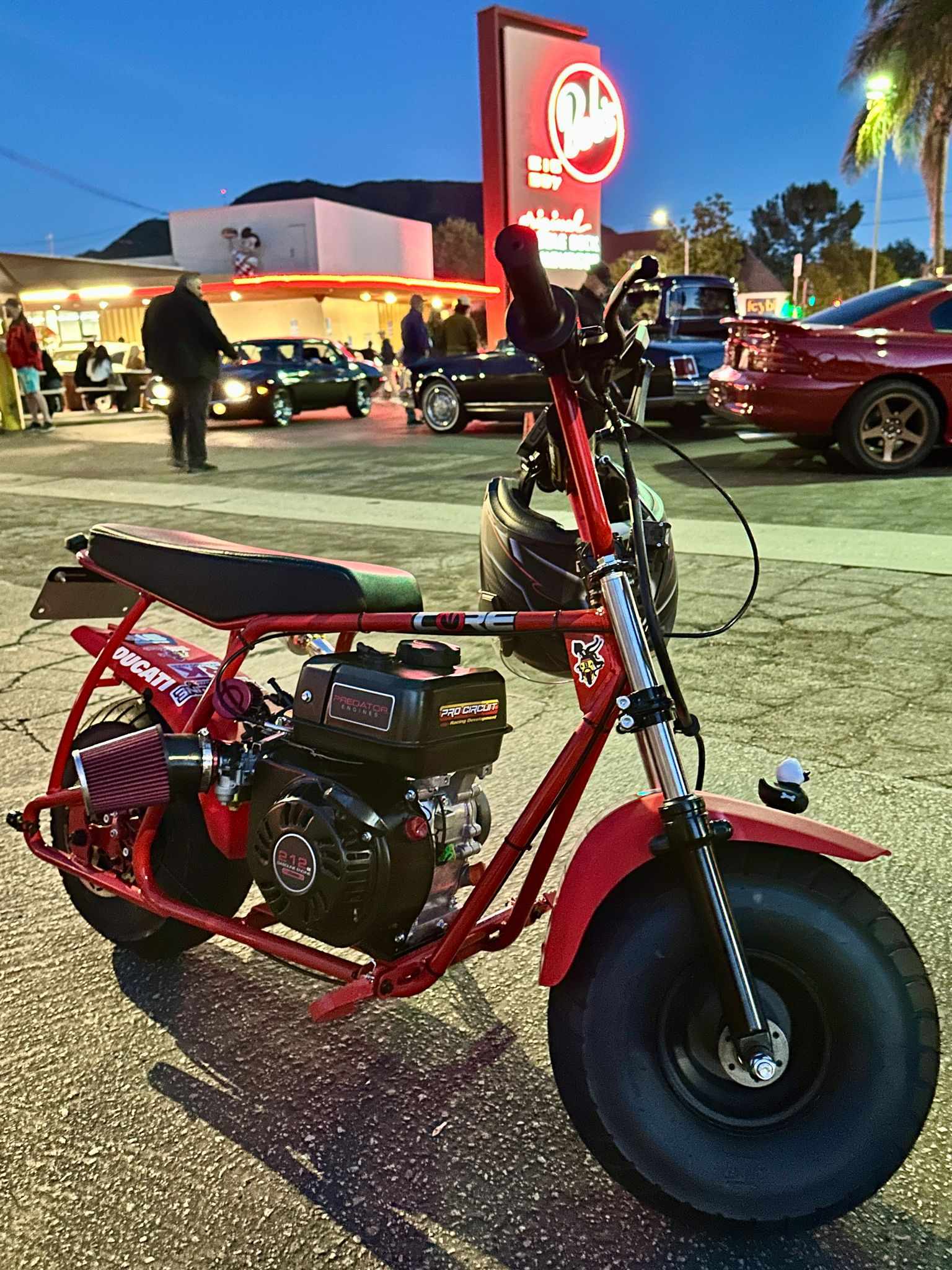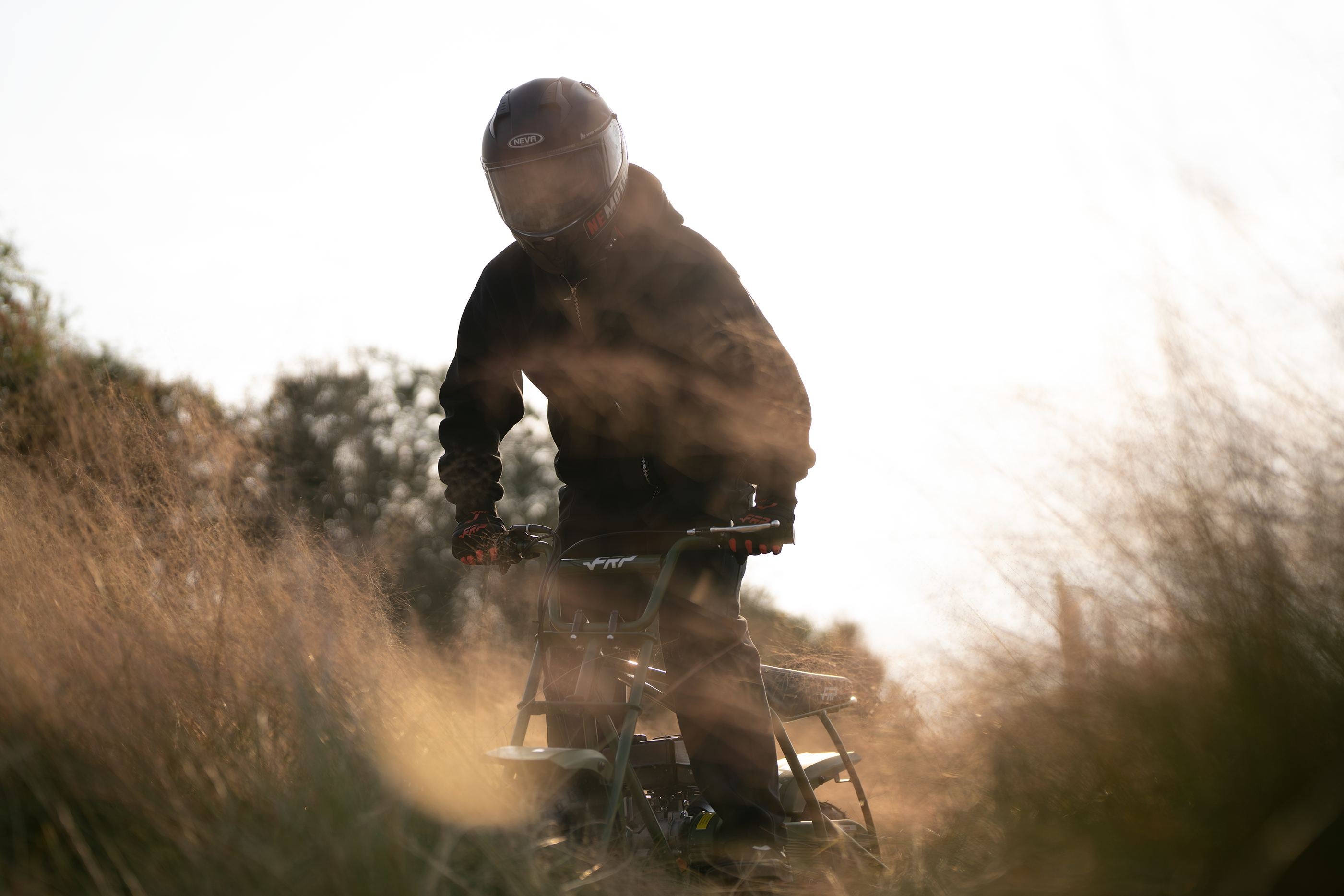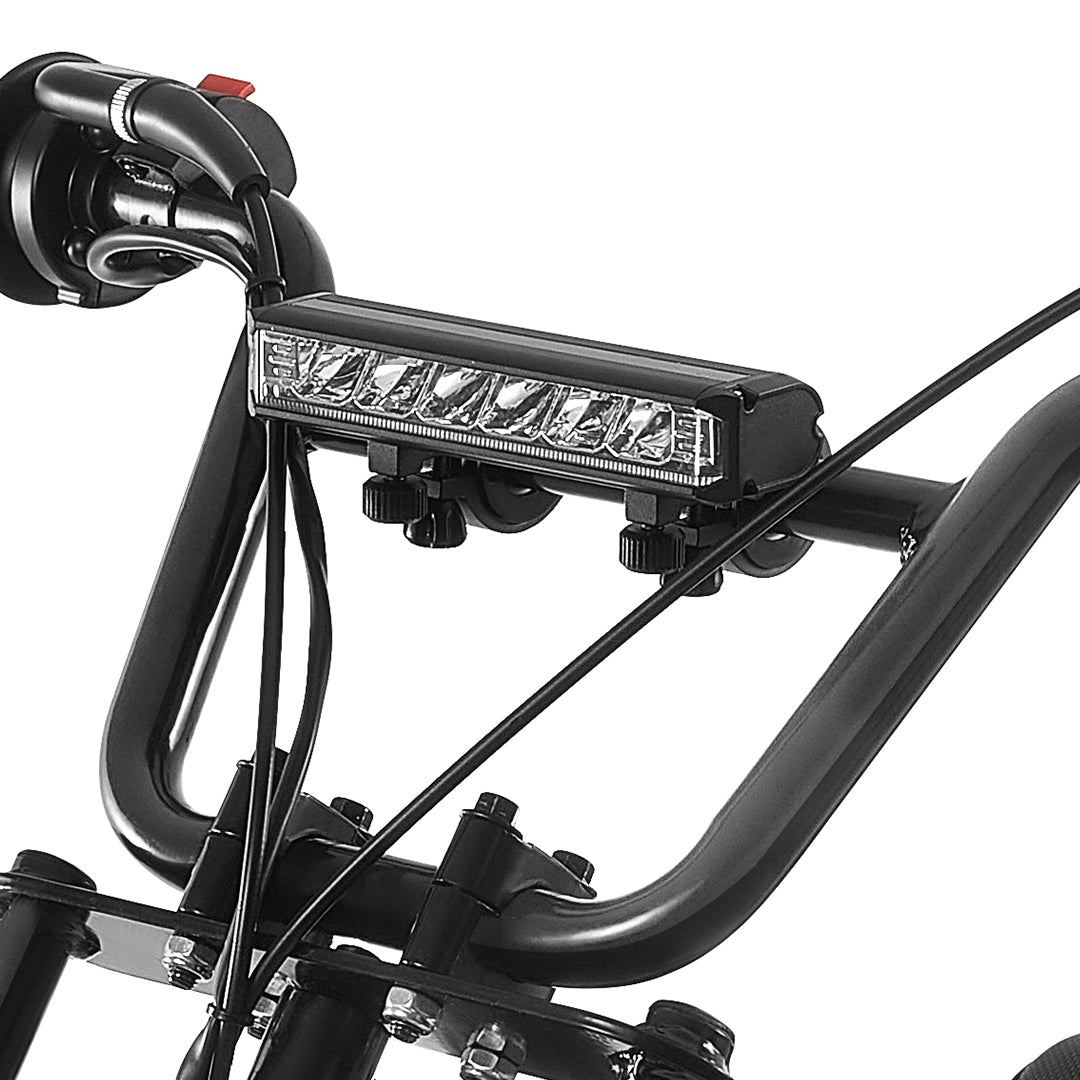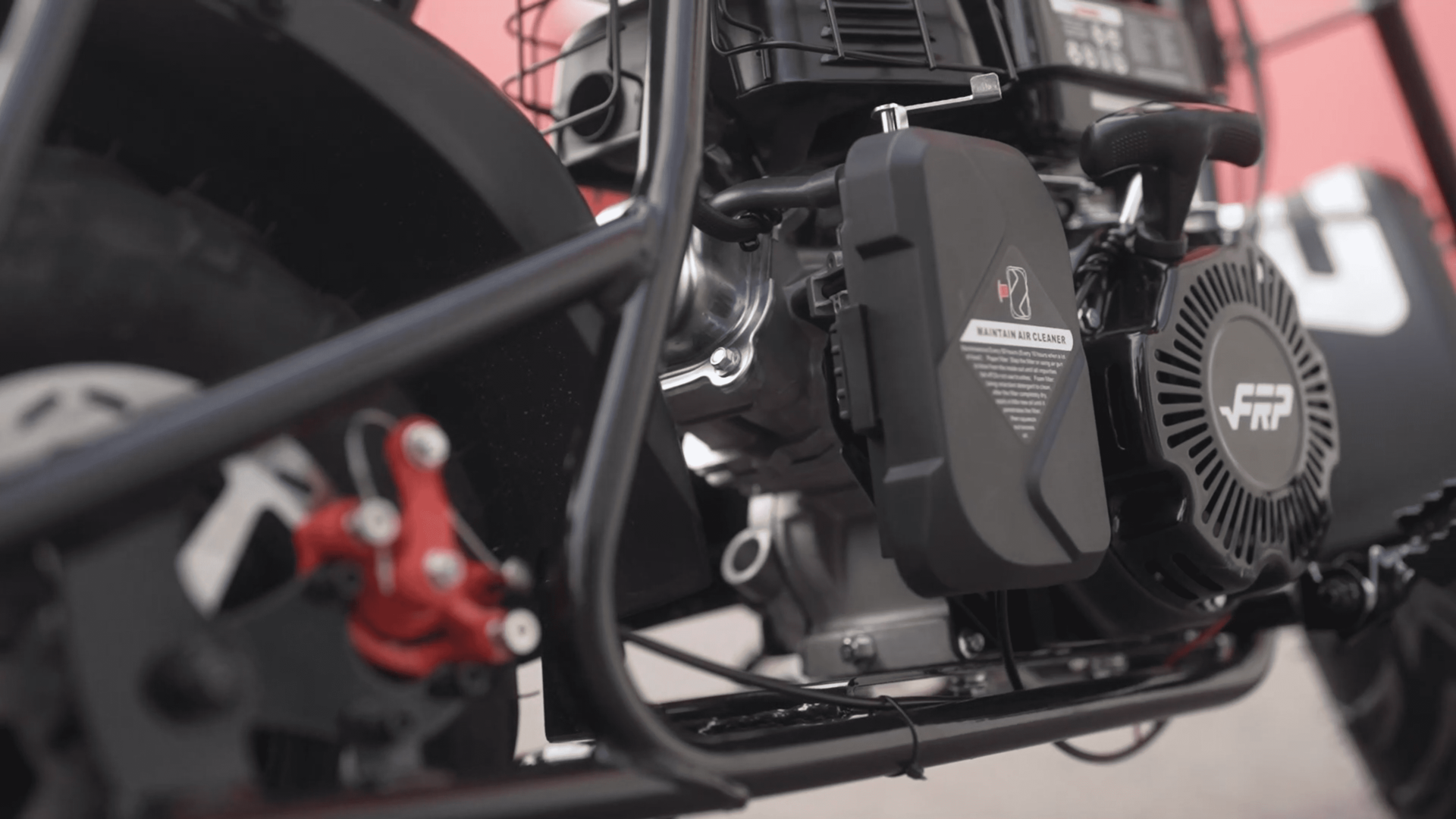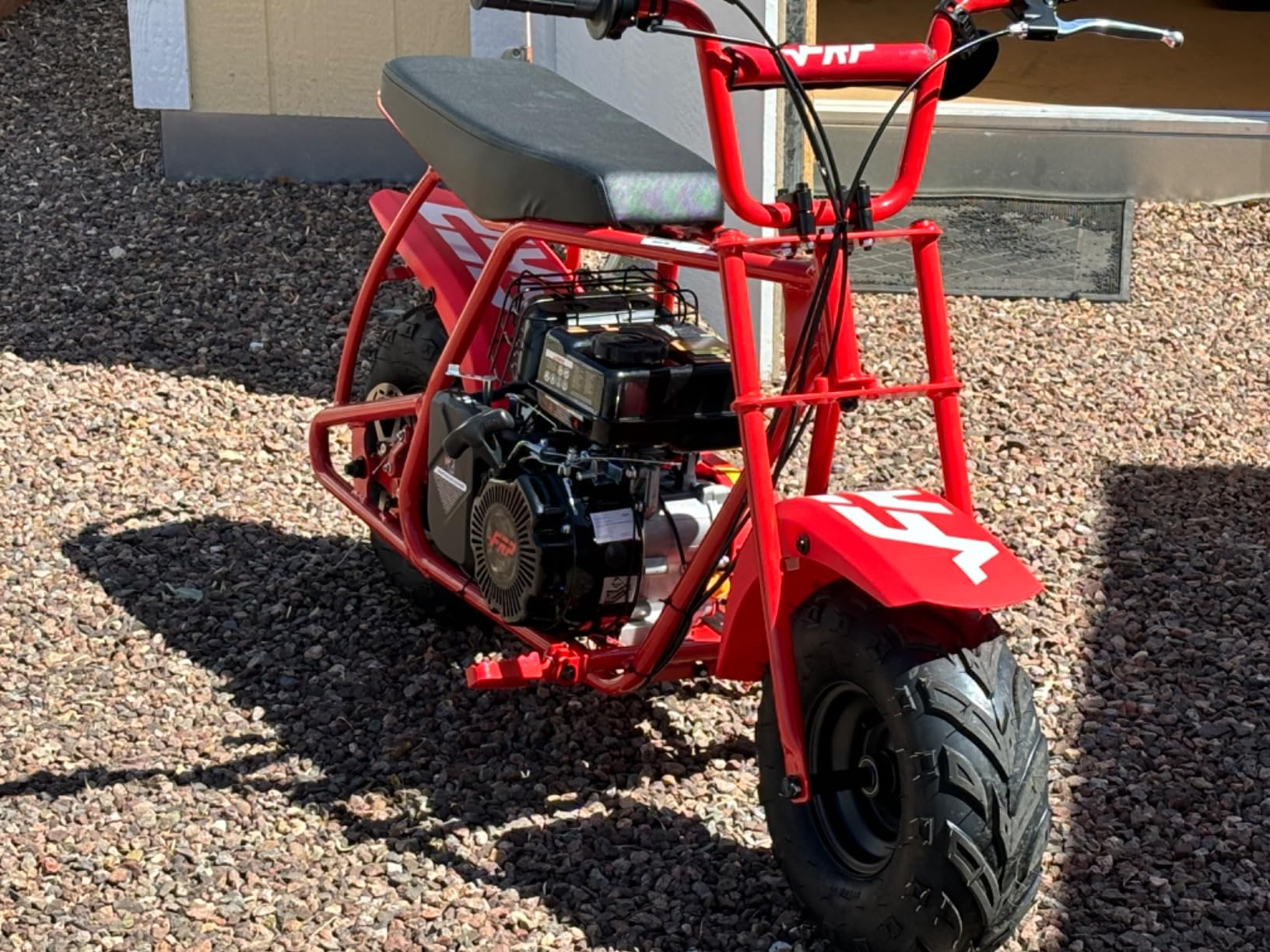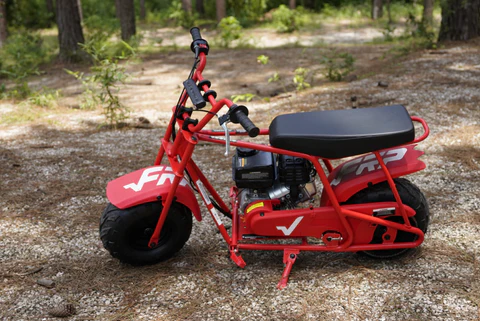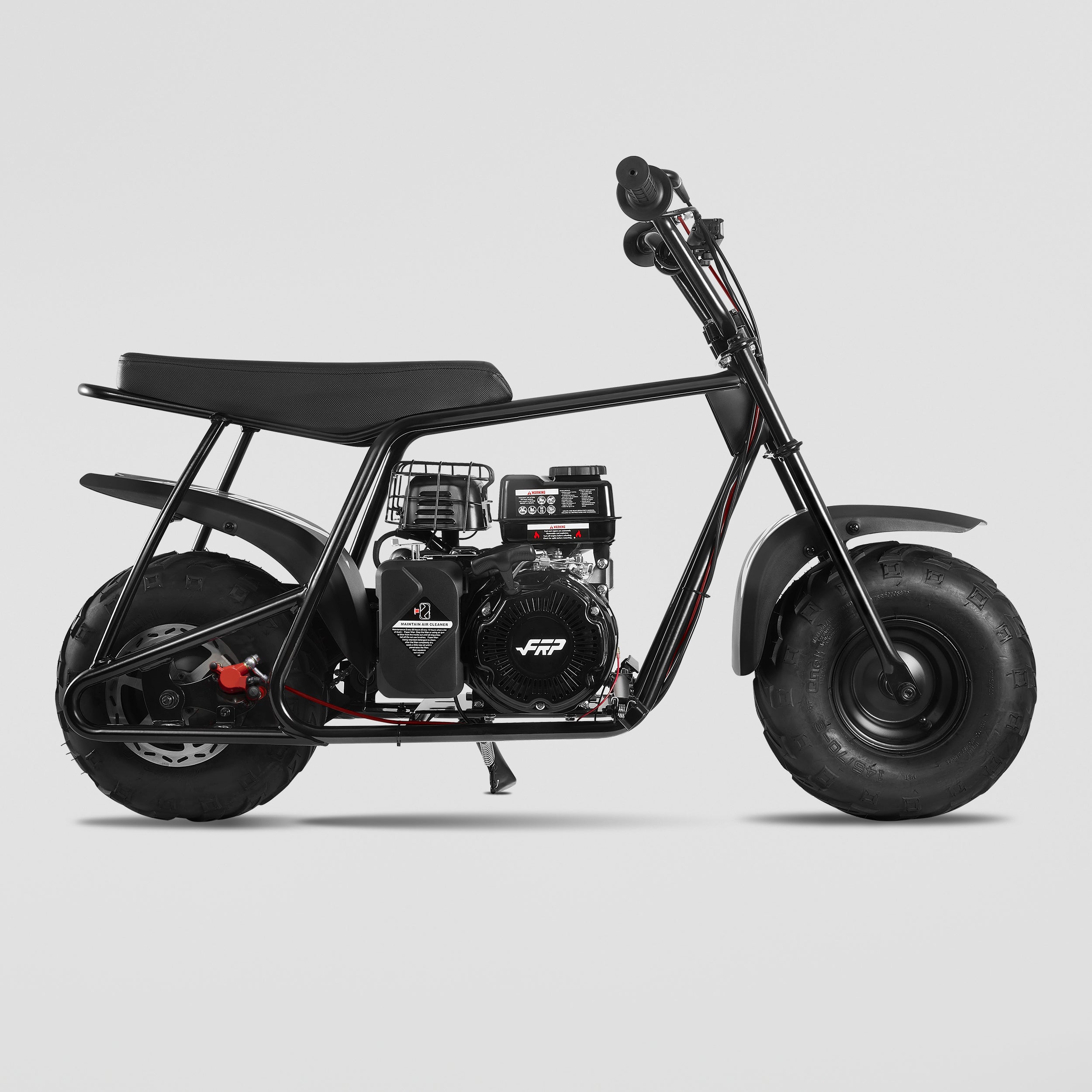The mini bike craze is real. You’ve seen them around—at parks, on dirt trails, even cruising down quiet roads. From teens to grown-ups, people love the thrill.
But is a mini bike right for you?
Mini bikes are no longer just for kids. Many adults ride them for fun, short commutes, or weekend adventures. Whether it’s a 40cc mini bike or a high-performance model, these compact machines are winning hearts.
Before you buy, there are five things you need to know. These can shape your riding experience for the better or for the worse.

Size Matters: Understanding Mini Bike Dimensions and Weight Capacity
The Truth About Mini Bike Sizing
When people say "mini," they often think of toys. But mini bikes are far from it. These machines are built tough.
The GMB100, for instance, can handle riders up to 220 pounds. That's more than enough for most mini bike for adults. That weight limit matters. Exceed it, and the performance drops fast.
Now think about the bike itself. Weighing only around 79.5 pounds, it’s one of the lightest in its class. A lighter bike means better balance and less strain on your body.
Rider height is another factor. Most mini bikes suit riders between 4'10" and 6'. If you're taller or shorter, try sitting on one before you buy.
Don't assume that bigger bikes are better. Sometimes a small frame gives you more control and agility.
Storage and Transportation Considerations
Where will you put your mini bike when you're not riding it?
Some models fold down or have removable parts for easy storage. Many mini bike for adults can be tucked into a garage corner or closet. If you live in an apartment, you might store it on a balcony or in a storage unit.
Transportation is easier than most expect. A 40cc mini bike fits in a car trunk or hatchback. Larger models may need a pickup truck or rear-mounted rack. If you're short on space, look into folding ramps, wall hooks, or ceiling hoists.
Power and Performance: What Those Numbers Really Mean
Engine Specifications Demystified
What does “cc” mean anyway?
“Cc” stands for cubic centimeters. It tells you how much air and fuel the engine uses. A 40cc mini bike is great for small adults or teens. It’s safe, quiet, and easy to ride.
If you want more punch, go for 99cc or 105cc engines. The GMB100, with a 99cc OHV engine, offers solid power without being hard to control.
Top speed? Around 24 mph. It may not sound fast, but trust us—it feels quick on a low-profile bike.
Fuel use matters too. One tank (0.36 gallons) gives you 30 miles. That’s cheap fun. You won’t feel the pinch at the gas pump.
Performance in Different Conditions
Mini bikes perform well on pavement, grass, and trails. But not all are equal.
Want to ride uphill? Pick a model with torque and larger tires. Lightweight riders will climb easier than heavier ones.
The GMB100’s 13-inch tires give better grip and a smoother ride. They also help keep balance at low speeds.
In cold weather, let the engine warm up before riding. In wet weather, go slow. Most adult mini bike models have basic tires, not full wet grips.
If you live in a hilly or rough terrain area, avoid entry-level models and aim for those with reinforced frames and torque-optimized engines.

Safety Features: Your Non-Negotiable Checklist
Essential Safety Components
Safety is not optional. You need more than just a helmet.
First, brakes. The GMB100 includes a disc brake on the rear wheel. That means quicker stops and better control.
Second, a chain guard. It keeps your leg, pants, or shoelaces from getting caught. You don’t want a sudden stop mid-ride.
Night rides? Look for LED lights. The Plus and Max versions of the GMB100 include them. They help you see and be seen.
Also, an emergency kill switch can shut the engine off fast. If you fall, it stops the motor instantly.
Safety Best Practices
Safety gear is key even on a 40cc mini bike. That includes a helmet, gloves, and long sleeves. Don’t ride on wet or icy roads unless your tires are made for it.
Always do a pre-ride check. Look at tire pressure, brake function, and gas level. If something feels off, don’t ride until it’s fixed.
Take time to learn riding basics. Online tutorials or local training courses can make a big difference. Mini motorcycles for adults may seem simple, but they deserve the same respect as full-size bikes.
Cost Considerations: Beyond the Initial Purchase
Upfront Investment Breakdown
Mini bikes come in different versions. Entry-level (like the base GMB100) is affordable. Plus and Max versions add more power, lights, or style.
Expect to spend extra on gear. Helmets, gloves, knee pads, and tools are essential. Also, check if shipping is free. Some sellers charge extra to deliver or assemble the bike.
A 40cc mini bike usually costs less upfront. But check for quality parts and good warranty terms.
Long-term Ownership Costs
Gas is cheap, but maintenance adds up. You’ll need oil changes, spark plugs, and occasional chain adjustments. If you don’t know how, find a guide online or ask a local mechanic.
The small tank size keeps running costs low. Most mini bike gas tanks hold under half a gallon.
Spare parts are easy to find online. The mini bike community is big and helpful. Eventually, you might sell your bike. Clean bikes with low wear have better resale value. Take care of it, and you’ll keep more cash later.
Customization and Upgrades: Making It Your Own
Personalization Options
Mini motorcycles for adults often come in fun colors. Red, green, black, or even purple.
Want to stand out? Add a custom seat or matching grips.
Some upgrades improve performance. New tires, a better exhaust, or a stronger chain all help.
Just make sure upgrades don’t void your warranty. Always read the fine print. Even a simple decal kit can make your mini bike feel like your own.
Future-Proofing Your Investment
As you improve your skills, you’ll want more from your ride.
The GMB100 has a modular design. That means it can grow with you. New shocks, sprockets, or lighting kits are easy to add.
Check if your bike is compatible with aftermarket parts. Not all are. Avoid cheap or untested upgrades. Some can damage your bike or make it unsafe.
Build smart and step by step. Don't try to change everything at once.
Final Thoughts
Here’s what every first-time buyer should remember:
1. Pick the right size for your body and needs.
2. Know how power affects control and safety.
3. Don’t skip on safety features or training.
4. Consider the full cost—not just the sticker price.
5. Choose a model that’s easy to upgrade and grow with you.
If you’re just starting out, the GMB100 offers great value. It’s simple, strong, and beginner-friendly.
Whether you're buying a 40cc mini bike for fun or testing the waters before upgrading, the right choice can make all the difference.
So, what’s next?
Visit a local dealer. Ask to test ride. Or check verified sellers online who offer customer support and good warranties.
Then gear up, fuel up, and enjoy the ride.


